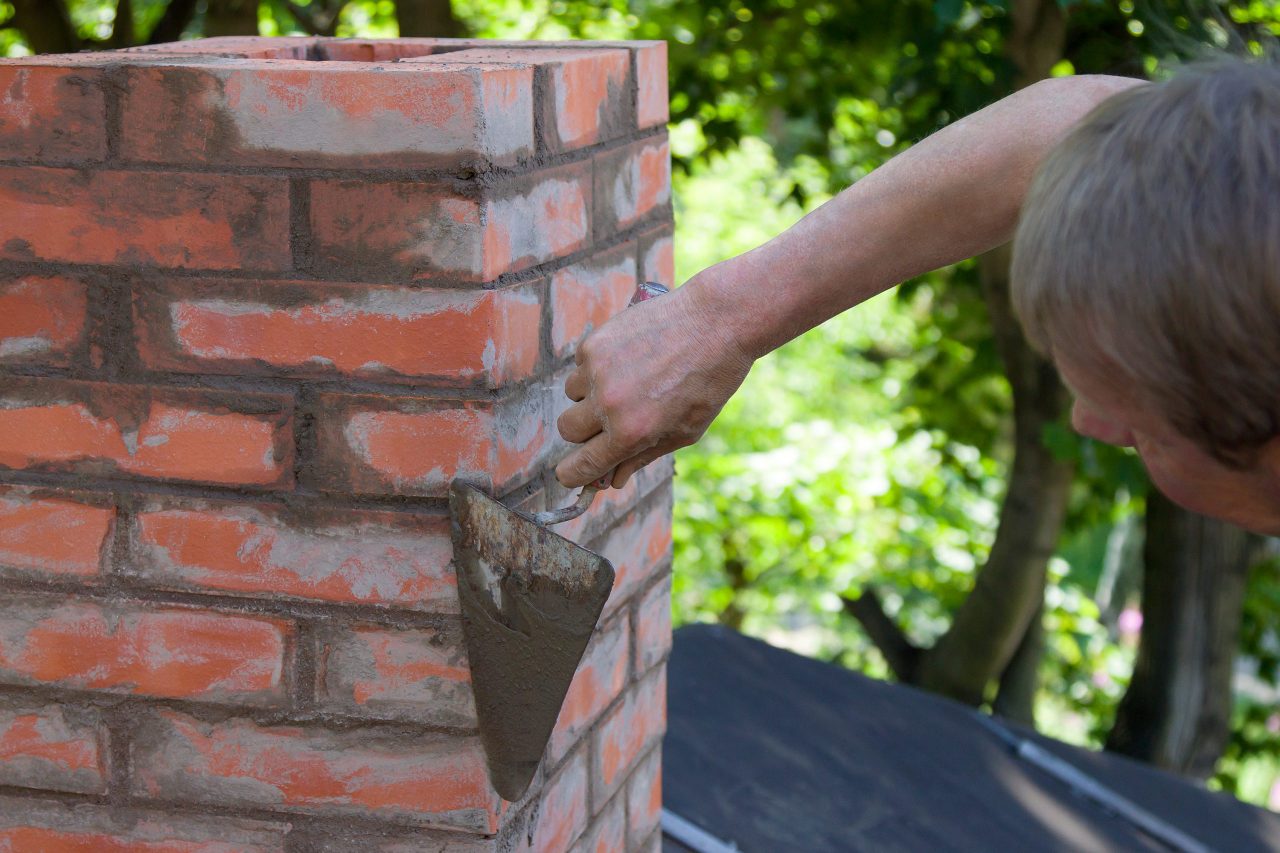
What Do I Need to Know About Building a New Chimney & Fireplace?
Chimneys are one of the most popular features homeowners look for when they purchase a new home. There’s nothing like watching and sitting by the fire on a cold fall or winter night.
Homeowners decide to purchase and install new fireplaces for a variety of reasons, either they’re upgrading from their existing masonry structure, they’re changing out an old factory-built fireplace, or they’re looking to change the look and feel of their home’s aesthetic.
However, there are some things to be cautious of when building and installing a new chimney. We’ve highlighted some tips and information for building a new chimney and fireplace below.
Chimney Placement on Your Home So It Can Operate Properly
When it comes to thinking about putting a new chimney in your home, it’s important to think about where it will go. Cold air usually tends to fill chimneys up, and it can make it more of a hassle to light a fire since the cold air has to be dispelled before the combustion fumes can exit the home. The heavy cold air in your chimney can leak into your home and cause the heating costs to rise. It’s best to have your new masonry chimney built within the walls of your home, not on an exterior wall.
When building a new chimney, it’s important to make sure the structure has room to release combustion fumes from the home. If the chimney isn’t the proper height, the draft can be affected negatively. The chimney peak should ideally extend 2 feet higher than anything within 10 horizontal feet.
What’s The Best Chimney To Have?
The best type of chimney to have built for your home is a masonry chimney. The quality is important and having a masonry chimney can avoid potential disasters. These chimneys are heavy and need a concrete footing at or below the home’s foundation level. If the footing or base of the chimney is not strong enough, it can be detrimental to the life of the masonry chimney and possibly the foundation of the house. The damage could be costly if the chimney is installed wrong.
Ensure Your New Chimney is Lined
A chimney liner is a requirement for every new and old masonry chimney. It’s actually against the building code for a chimney to not have a liner. Fire safety experts deemed it necessary for chimneys to have a liner when they noticed there are dangers with using a masonry chimney that has no liner. A chimney liner has multiple benefits and can reduce exposure to carbon monoxide and creosote.
Your chimney liner will keep the toxic combustion gases that form from the fire contained in the chimney until they escape to the outside of your home. The gases, including Carbon Monoxide, can appear in your home, in the absence of a chimney flue liner. Chances are you won’t even know Carbon Monoxide is in your home until it’s too late. It’s best to install a chimney liner to prevent any unwanted gases.
Your chimney liner can also prevent creosote from building up. Creosote is a highly flammable tar-like substance that appears in a chimney every time a fire is lit, especially a wood fire. If a burning ember is floating up the chimney, it can cause the creosote to ignite, and cause more damage.
Build a New Fireplace With Valley Chimney
Our team of chimney experts has been working in the Chicagoland area for over 40 years, building and maintaining chimneys and fireplaces. If your chimney needs masonry repairs, tuckpointing, inspection, or another chimney service, contact Valley Chimney Sweep today!
Back To Blog

